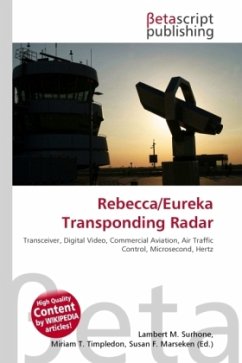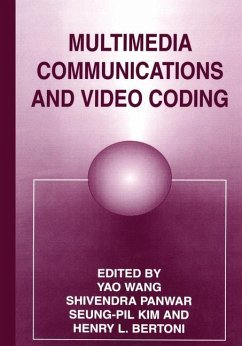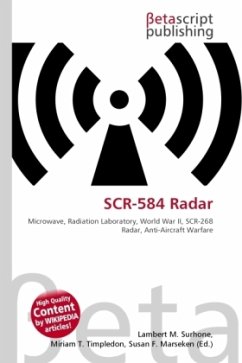
Rebecca/Eureka Transponding Radar
Versandkostenfrei!
Versandfertig in 6-10 Tagen
23,99 €
inkl. MwSt.

PAYBACK Punkte
12 °P sammeln!
High Quality Content by WIKIPEDIA articles! The Rebecca/Eureka transponding radar was a transponder system used as a radio homing beacon by means of a Eureka ground emitter responding to queries from an airborne Rebecca interrogator. The airborne Rebecca interrogator transmitted 300 3-4 ?Sec pulses per second on a frequency between 170 and 234 MHz. Upon receiving this signal the mobile, ground based Eureka rebroadcast the pulses on a different frequency. This rebroadcast signal was received by two directional 'Yagi' array aerials on the aircraft carrying the Rebecca unit. The difference in sig...
High Quality Content by WIKIPEDIA articles! The Rebecca/Eureka transponding radar was a transponder system used as a radio homing beacon by means of a Eureka ground emitter responding to queries from an airborne Rebecca interrogator. The airborne Rebecca interrogator transmitted 300 3-4 ?Sec pulses per second on a frequency between 170 and 234 MHz. Upon receiving this signal the mobile, ground based Eureka rebroadcast the pulses on a different frequency. This rebroadcast signal was received by two directional 'Yagi' array aerials on the aircraft carrying the Rebecca unit. The difference in signal amplitude between the two aerials gave the bearing of the Eureka beacon, while the delay between transmission and reception of the return pulses gave range. The system was effective only to within two miles, when the blip viewed aboard the aircraft merged with the signal transmitted by the interrogator, distorting the range, at which time the crew had to switch to visual means of locating the drop zone. Reliance on Eureka without visual confirmation invariably resulted in premature drops, as occurred during the American airborne landings in Normandy.












